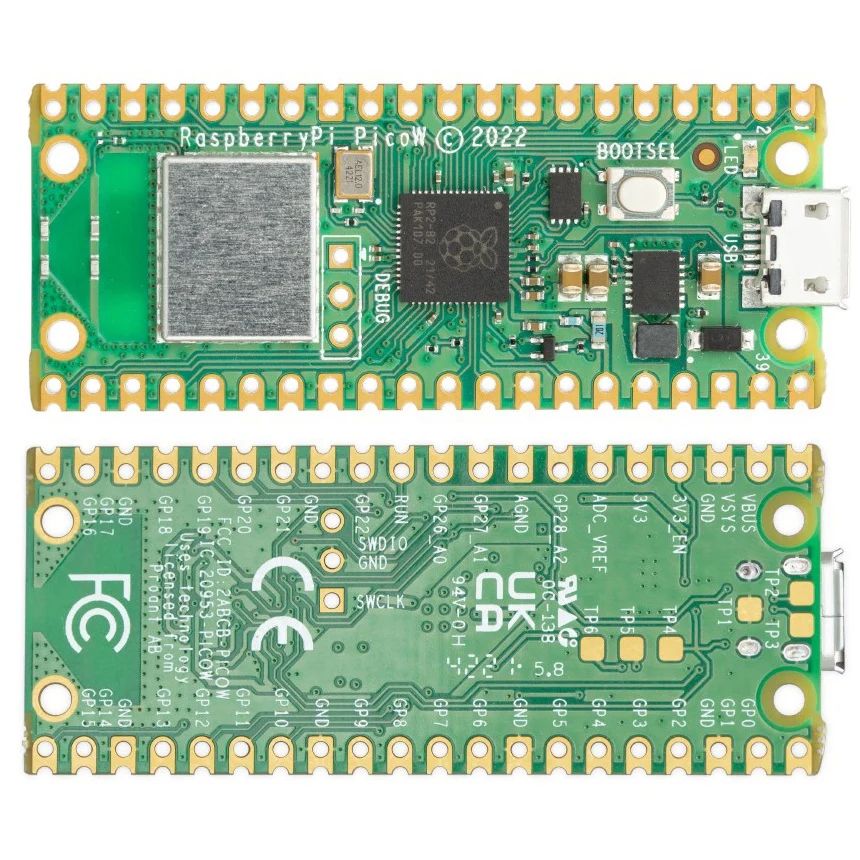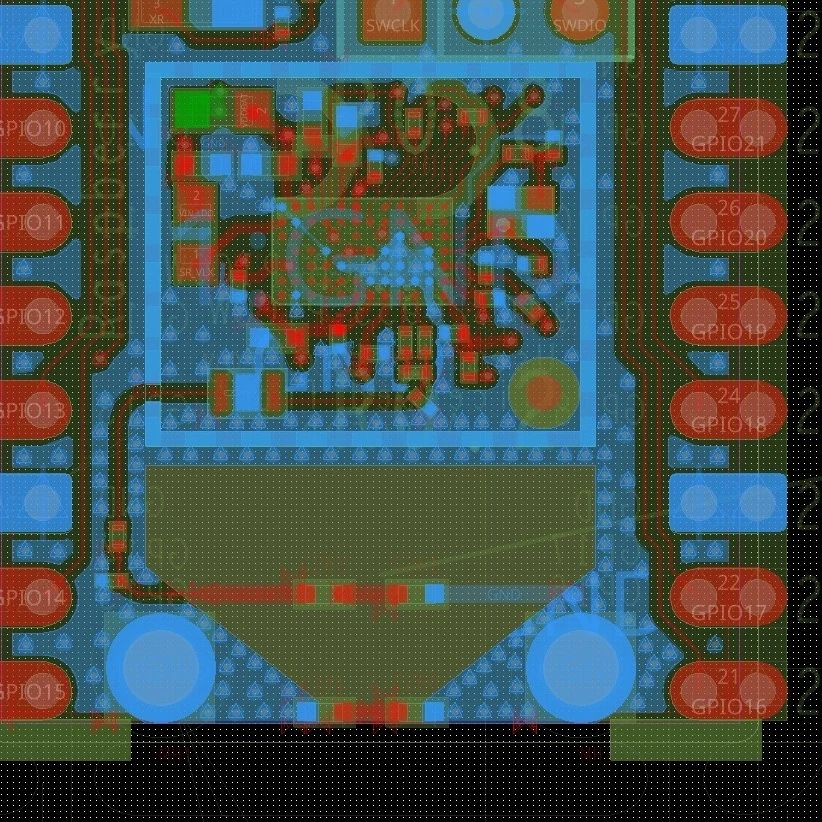
Nordic Semiconductor launched a new WiFi chip last week, nRF7002. They haven’t released the entire information about this chip. It’s in bits and pieces in their press release. Based on what I could gather it’s a low-power, dual-band(2.4GHz and 5GHz) WiFi-6 compatible chip with a physical throughput of 86Mbps in data transfer speeds. On the surface, this looks great for high-throughput WiFi applications. But this seems to work only as a co-processor. Standing alone it can only do Wi-Fi physical layer and MAC layer protocols. It needs an application processor to do the rest of the logic processing. It can be used with Nordic’s usual nRF52, 53 series chips or any other controller out there. This chip interfaces to the application processor via QSPI/SPI. Seems there is a preview development kit(But not available anywhere to buy currently though). If you check the image, there is an nRF7002 on the bottom right which is paired with an nRF5340 chip running the WiFi Stack.

Why does all of this matter? Nordic is known for putting out power-efficient and really low-power devices. So there is hope in the community that someone can pull up a relatively low-power WiFi chip. The problem I see with the chip(based on the limited info out there) is that it can’t work as a standalone chip like let a say ESP32 series or a TI WiFi chip. So this chip needs to be really cheap in price so as to make sense. I am sure they are probably working on a dual processor nRF7 series chip which can be totally standalone. Since it’s their first WiFi chip, I do expect issues. But let’s see. The great part is that it can support 5GHz so that won’t use up your 2.4GHz Bluetooth spectrum. SDK also seems to be in very early stages as expected. I am just hoping they improve their documentation because when they launched their first Bluetooth chips, it was pretty bad. It has evolved over the years though. But I have to give them credit for their developer forums, they are exceptionally good and responsive.
Hoping that they are able to pull off a great WiFi chip to compete with ESP32. They are among the very few to have BLE, Cellular and WiFi chips in their lineup. The full Silicon chip launch is slated for the end of the year or early next year.



